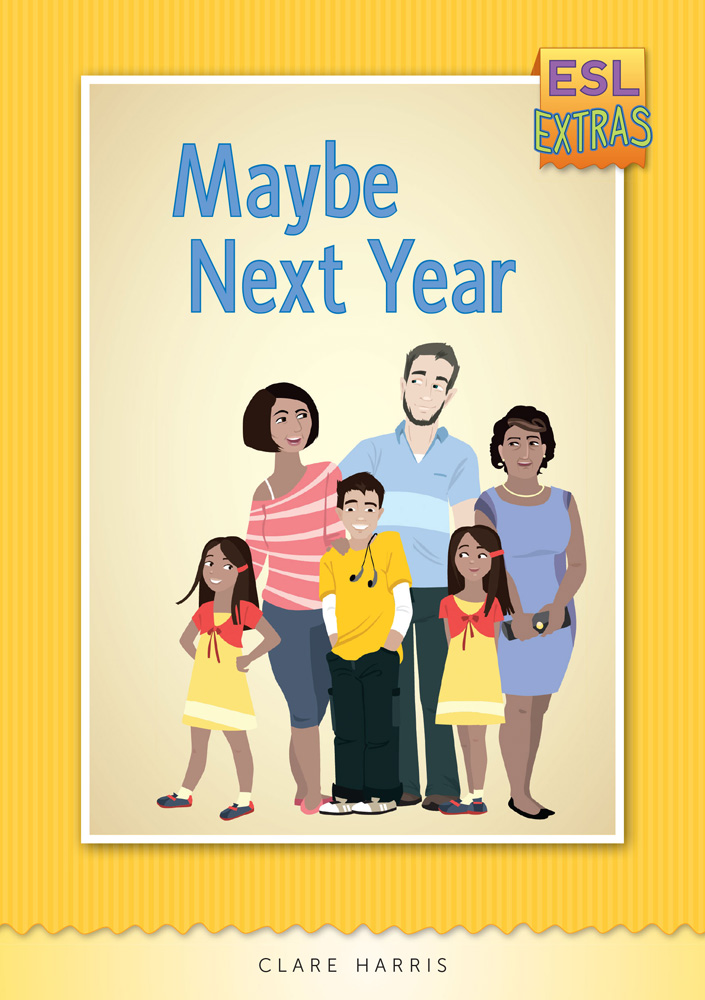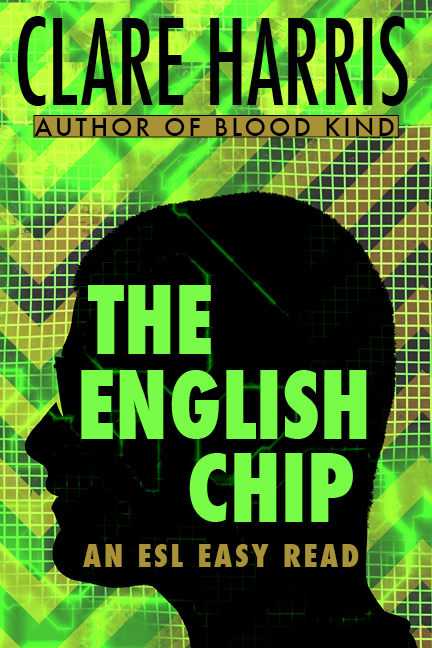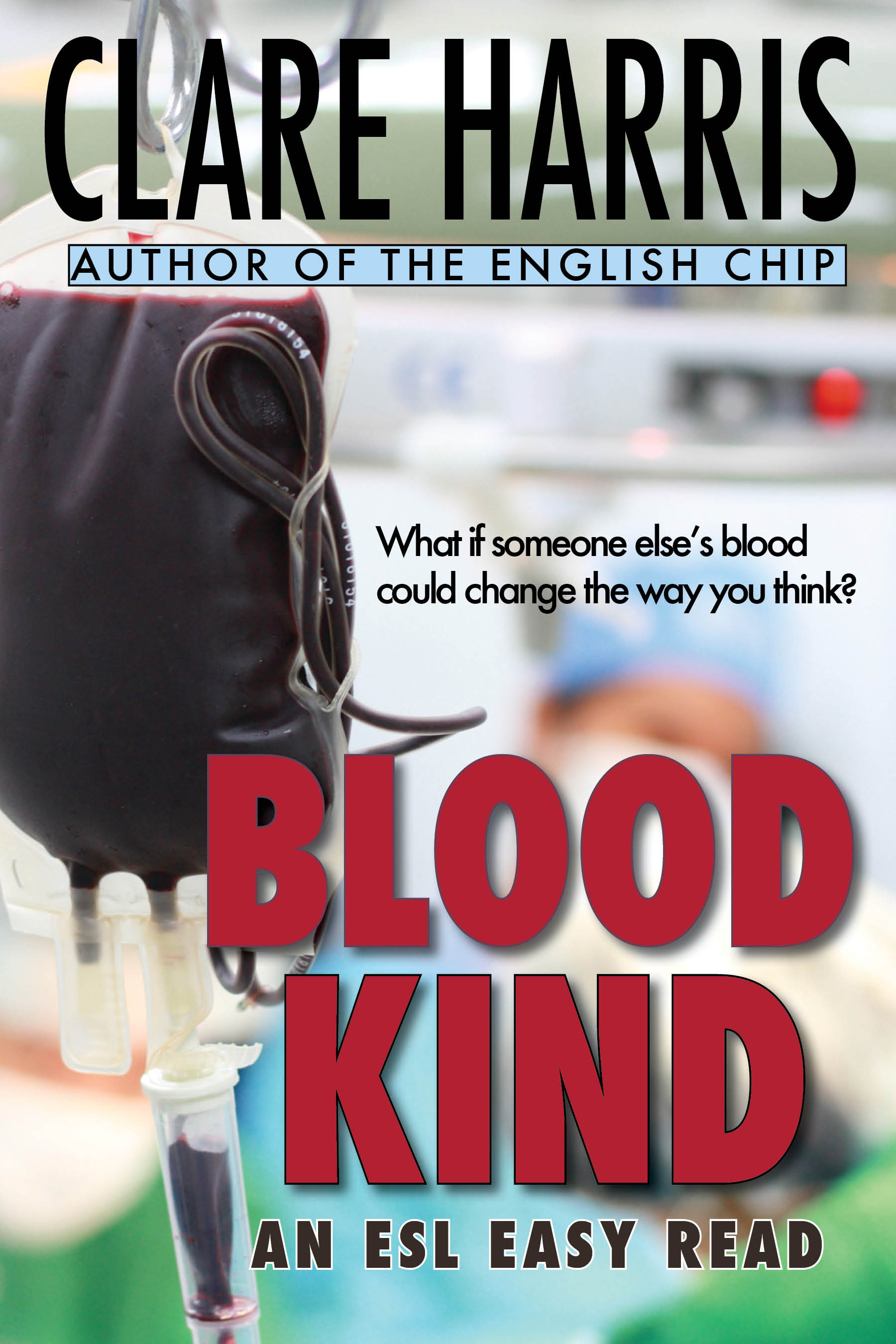I’ve been studying the (highly recommended) FutureLearn MOOC* on Dyslexia and Foreign Language Teaching, from the University of Lancaster, and my previous post was about the impact of Week 1 on my thinking. Now it’s the turn of Week 2….
In Week 2 of the course we moved on to ways that we might accommodate and support learners with learning differences – and how that support might benefit ALL our learners.
We took a look at an ELT textbook where the Teacher’s Guide actually make reference to how teachers might support learners with a learning difference and I had a light bulb moment – oops, I have not made reference to this in any of my teacher’s guides! Yet there are likely to be a couple of learners with an SpLD in any given class – and perhaps more in a ‘beginner’ class where some students have been struggling in ‘beginner’ for months…
So that’s something I could remedy – not that I’m going to be an expert on learning differences, but at least I can alert teachers (and particularly volunteer tutors) to the fact that some learners may struggle in ways they don’t expect – and offer some suggestions of ways to support every learner…
Ways to support all language learners – but particularly those who may be struggling
Some of the suggestions are of course things we all do for beginner learners (I’m particularly thinking of multisensory learning activities), but some are great reminders. For my next (puzzle) book I’m planning to suggest:
- Covering up puzzles or clues you’re not actively working on, using L-shaped cut-outs.
- Suggesting learners use one headphone and listen to quiet music if they need help to focus – or using both headphones to tune out from the buzz of the classroom.
- Model by projecting puzzles on the board, using your own very clear, step by step ‘think aloud’. Perhaps you’ll do all the puzzles on the board with some students, while others work independently?
- Read aloud all the words on the page before learners pick up a pencil, so they’re confident they know what those words are.
- Consider printing the puzzles on cream or yellow paper, to avoid ‘glare’, or trying out a range of colours and asking learners if some are better than others.
More reflections coming soon…
(*I heard about this course through the Facebook Adult ESOL Interest Group, also highly recommended!).









